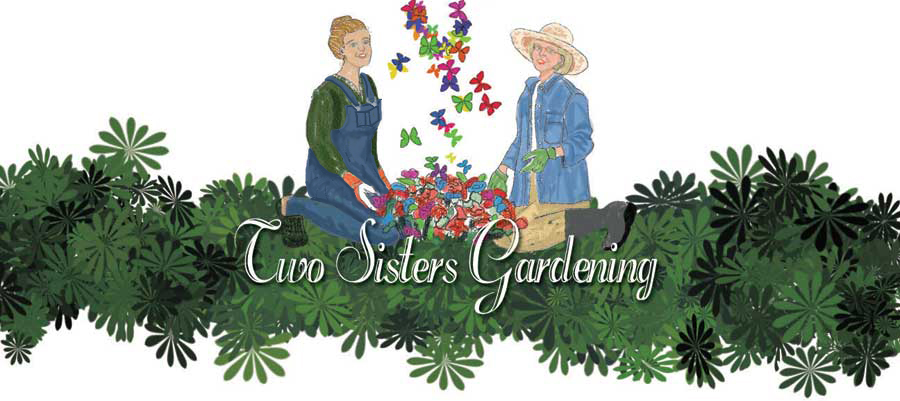Believe it or not...it's time to plan and prepare your garden space for fall planting. I always look for signs in the summer garden like sunflowers blooming and their seeds maturing to know it's time to plan and prepare for planting a fall crop. This summer, we had one of the hottest and driest that occurred in years, and regardless of the care given to our summer gardens, we are ready for the fall.
Although, Deberah, Jerry and I prefer the no till method in our garden, we had to resort to tilling a section of the fall garden when the nut grass took over some of the early plants like lettuce, kale and turnips.
As a rule, we don't remove any crop that's producing like this okra that's blooming unless it is shows signs of disease.
We are looking forward to the sweet potato crop still growing. We won't harvest them until later in the season. The vines will wither and die when the time is right, but it's a good idea to check the fruit depending on when they were planted.
This summer we watered vegetables that needed the most water like tomatoes, peppers and green beans first. Even with all the care, it was hard to maintain every variety, but this Roma type, seen above, is still going strong.
Deberah is planting seeds for fall just like she planted, tomatoes (seen above), peppers, onions, leeks, basil and other herbs in the spring. She is planting cabbage, collards, onions, and broccoli for our fall crops in flats. We also plan to plant winter squash, pumpkins, gourds, turnip greens, beets and carrots into the ground for fall and early winter.
"Mexican Hats," can take the heat. I trimmed this wildflower early spring. It will continue to grow and bloom throughout the fall season.
Tia and Todd are looking forwarded to fall weather even though they are both a little miffed at me because I haven't been using them lately on my blog. Tia will tell me, but Todd just ignores me!
Planning and planting a fall garden seems way to soon with the hot...hot...weather, but it's true...the clock is ticking. It's only thirty days till September. Since we've had some of the hottest weather in years, spring and fall is two of the southeast's best growing seasons. Winter hasn't been too bad either the last few years.
Even if you don"t plant your fall garden until late August or early September.........it's always a good time to plan your next garden..........
Until next time............
Happy Gardening 2012!
Posted by Wilma Smith


















































